Just getting started in your journey with watercolor painting? Diving in can seem a bit intimidating, but this guide is here to help you navigate the amazing realm of watercolor paints, paper, and everything in between!
Getting Started with Watercolor Supplies
Before we dive into the nitty-gritty of specific watercolor techniques, let’s talk about the must-haves for your artistic journey. The best way to embark on this adventure is by gathering the right watercolor supplies. From watercolor paints and paper to brushes and mixing palettes, having the right tools at your disposal sets the stage for a seamless painting process.
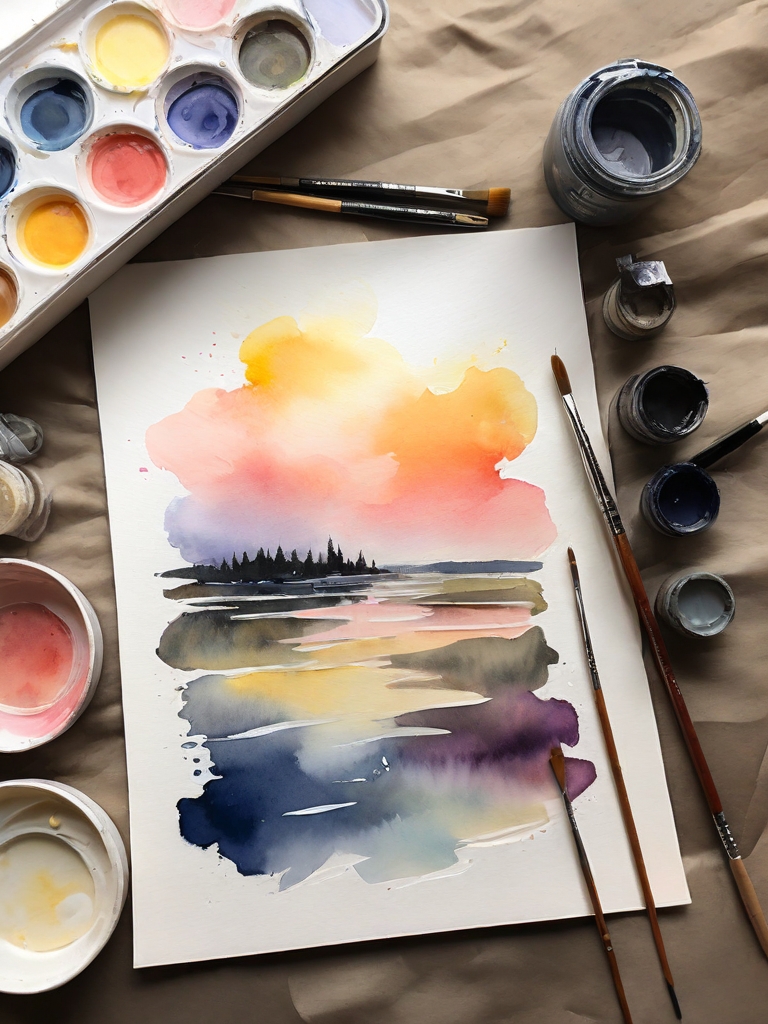
Watercolor Paints: The Heart of Your Palette
Investing in quality watercolor paints is the first thing to consider. Tube paints offer a vibrant, concentrated pigment that can be easily diluted with water. Whether you’re using student-grade or professional-grade paints, the key is finding the right balance between the amount of paint and water to achieve those captivating watercolor washes.
Pro Tip: Don’t be afraid to explore watercolor sets for a variety of colors, or opt for individual tubes to create your custom palette. Watercolor artists often find joy in mixing different colors to discover unique shades.
Watercolor Paper: The Canvas for Your Imagination
Selecting the right paper is equally crucial. The type of paper you choose affects how much water your paper can handle without warping. Consider experimenting with different textures and weights to find the best way to express your artistic vision. And yes, wetting the paper before starting can be a good idea – it helps the paint flow more smoothly and allows for interesting textures to emerge.
Common Mistake Alert: Using printer paper or other thin materials might lead to warping or unintended bleeding of colors. Opt for actual watercolor paper for the best results.
Mastering Water and Paint Ratios
Now, let’s jump into the heart of watercolor magic – the delicate dance between water and paint. This is where a lot of beginners get a little tangled up, so let’s break it down.
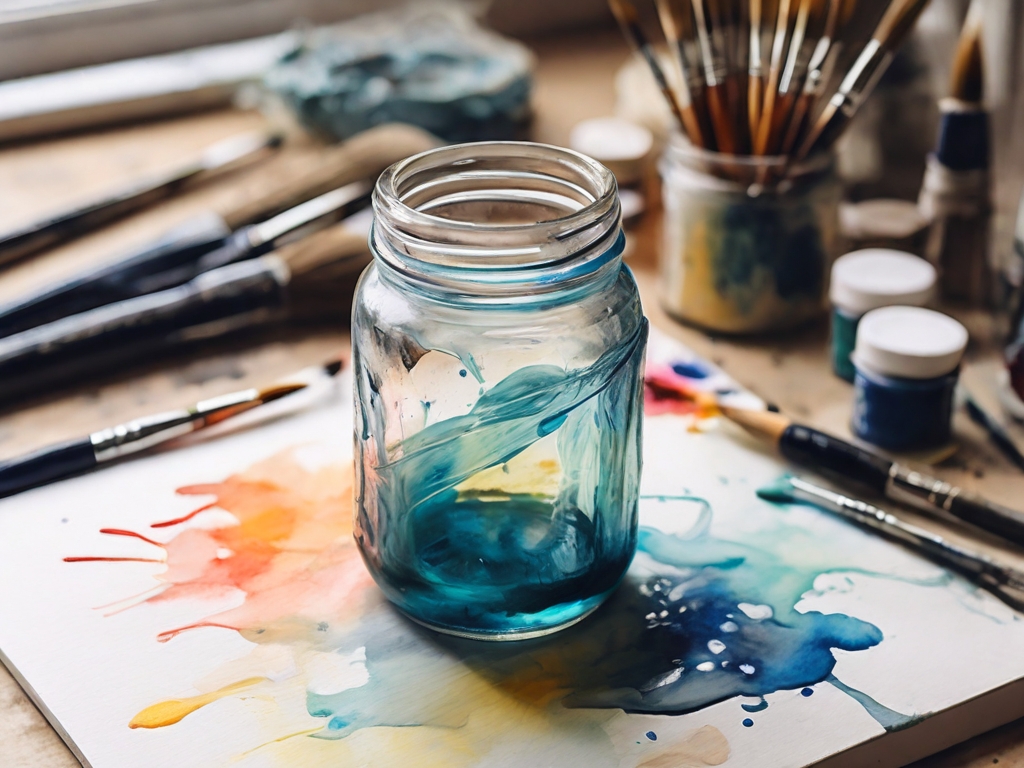
Much Water vs. Little Water
Understanding the right amount of water is essential. Too much water can result in a diluted, pale wash, while too little water may make the paint appear too thick and intense. Finding the sweet spot between these extremes is the key to creating captivating watercolor effects.
Top Tip: Keep a paper towel handy to adjust the moisture on your brush. Blotting it on the paper towel allows you to control the amount of water and achieve the desired consistency in your paint.
Wetting the Paper and Wet Brushes
Before laying down your masterpiece, wetting the paper can be a game-changer. It gives you a bit more time to play with the paint and encourages the colors to blend organically. Using a wet brush also facilitates smooth transitions between different hues.
Best Practice: Wet your brush slightly before picking up the paint, and remember, a little practice goes a long way. The more you experiment, the more you’ll understand the nuances of wet paper and wet brushes.
Different Effects, Different Techniques
Watercolor offers a myriad of techniques to explore. Whether you’re aiming for soft gradients, bold splatters, or intricate details, experimenting with different techniques is a lot of fun. Play around with dry brushing, moistened paint, and even a spray bottle for some extra flair.
Pro Tip: Kelly Medford, an American painter known for her en plein air watercolor works, often uses a spray bottle to create interesting textures in her art. It’s a great technique to add a touch of spontaneity to your paintings.
Overcoming Common Challenges
As you embark on your watercolor journey, it’s essential to be aware of some common challenges and how to overcome them. Here are a few pointers to keep in mind:
Excess Water and Dry Paper
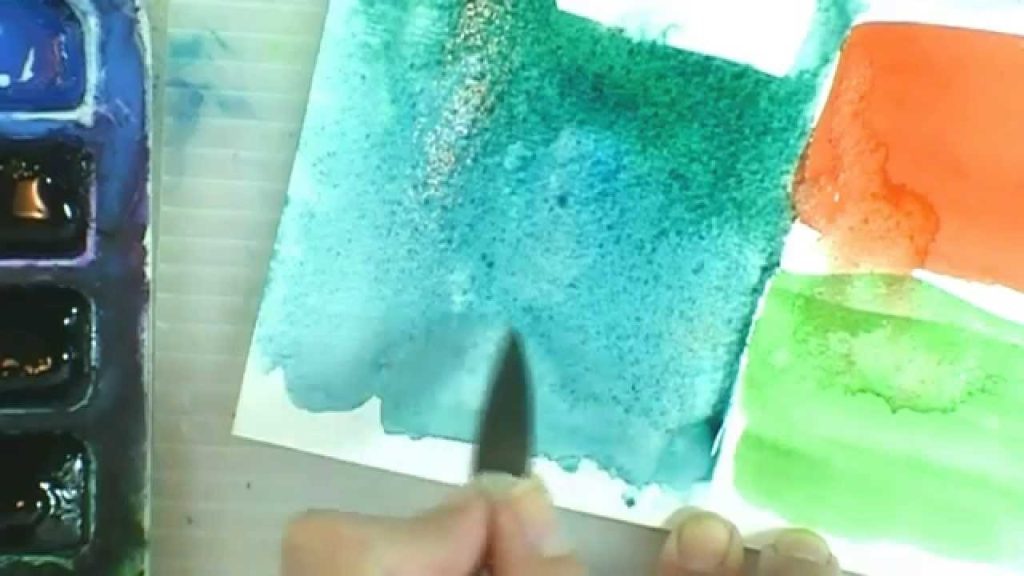
Using too much water on your brush or paper can lead to excess water pooling and unwanted blooms. On the flip side, working on a completely dry paper might result in a lack of paint flow and difficulty blending colors. Striking the right balance is the key to overcoming these challenges.
Golden Rule: If you find yourself with excess water, gently blot it with a paper towel. For a dry area, consider applying a small amount of water to kickstart the painting process.
Mixing Surfaces and Mixing Palettes
The surface you choose for mixing your paints can greatly influence the outcome of your work. A palette that provides enough space for blending different colors is crucial. Consider investing in a wet palette for longer painting sessions, as it keeps your paints moist and workable for an extended period.
Insider’s Secret: Gum Arabic, a common additive in watercolor paints, can be used to control the consistency of your paint mix. It’s a handy tool for achieving different proportions and textures in your artwork.
The Importance of Clean Water
One often overlooked aspect of watercolor painting is the cleanliness of your water. Using dirty water can muddy your colors and lead to unintended results. Keep jars of water on hand and change them regularly to maintain the purity of your paint mix.
Quick Fix: If you’re working on a larger piece, having multiple jars of water can be a game-changer. This ensures that you always have access to clean water for rinsing your brush and adjusting the intensity of your colors.
Now let’s answer some common beginner questions
Do You Mix Watercolor Paint with Water?
Absolutely! Mixing watercolor paint with water is like creating your own artistic elixir. To achieve different shades and tones, play around with the water-to-paint ratio. If you’re aiming for a more transparent effect, add more water; for bolder, richer colors, use less. The beauty of watercolor lies in its fluidity, so don’t hesitate to explore the spectrum of possibilities.
Creative Challenge: Create a color gradient by blending two colors with varying water concentrations. Watch how the transition creates a captivating effect.
Do You Wet the Paper Before Watercolor?
Wetting the paper before diving into your watercolor masterpiece is a fantastic technique. It allows the paint to flow more smoothly and encourages interesting textures to emerge. Using a wet brush on wet paper can lead to mesmerizing blends and soft transitions between colors.
Golden Rule: Experiment with different levels of wetness – from slightly damp to fully wet – to discover the effects each brings to your artwork.
What Are the Rules for Watercolor Painting?
Ah, the elusive rules of watercolor! While watercolor is known for its fluidity and spontaneity, there are some guidelines that can help you navigate the process more smoothly:
- Start Light, Build Dark: Begin with lighter washes and gradually intensify the colors. This approach allows you to maintain control over the painting and avoid unintended saturation.
- Patience is a Virtue: Let each layer dry before adding the next. This prevents colors from bleeding into each other and helps you achieve a more controlled and layered effect.
- Mind Your Water: Using clean water is crucial. Dirty water can muddy your colors and lead to unpredictable results. Keep jars of water on hand and change them regularly.
- Embrace Mistakes: Watercolor is forgiving. Don’t be afraid to embrace unexpected outcomes or turn a “mistake” into a unique element of your artwork.
What Do You Paint First in Watercolor?
Ah, the age-old question – what to tackle first in the watercolor realm? The answer largely depends on your personal preference and the specific scene or subject you’re painting. However, a common approach is to start with the lighter areas or background and gradually work your way to the darker elements.
Insider’s Strategy: Begin by painting the sky or background elements, allowing them to dry before adding mid-tones and details. This layering technique creates depth in your artwork.
As you embark on your watercolor journey, remember that there’s no one-size-fits-all approach. Each artist develops their unique style and workflow over time. So, grab your brushes, let your creativity flow, and enjoy the enchanting adventure of watercolor painting!
Perfecting Your Watercolor Technique
Now that you’ve got a grasp on the basics, let’s talk about refining your technique to elevate your watercolor game.
Choosing the Right Paper and Brushes
The kind of paper you choose can greatly influence the outcome of your artwork. For detailed work, a smooth, hot-pressed paper might be your best bet, while a rough, cold-pressed paper can add interesting textures to larger areas.
Insider’s Tip: It is super important to select the right tools for your skill level. Start with basic supplies and gradually invest in different sizes and shapes of brushes as you progress.
Mixing Colors for Different Effects
Experimenting with color mixing is where the magic happens. Understanding the color wheel and how different hues interact can help you create dynamic and visually appealing watercolor washes. Don’t be afraid to combine complementary colors for a striking effect.
Creative Challenge: Challenge yourself to paint the same scene using only warm or cool colors. It’s a great way to explore the emotional impact of different color schemes.
Adding Depth with Layering or Glazing
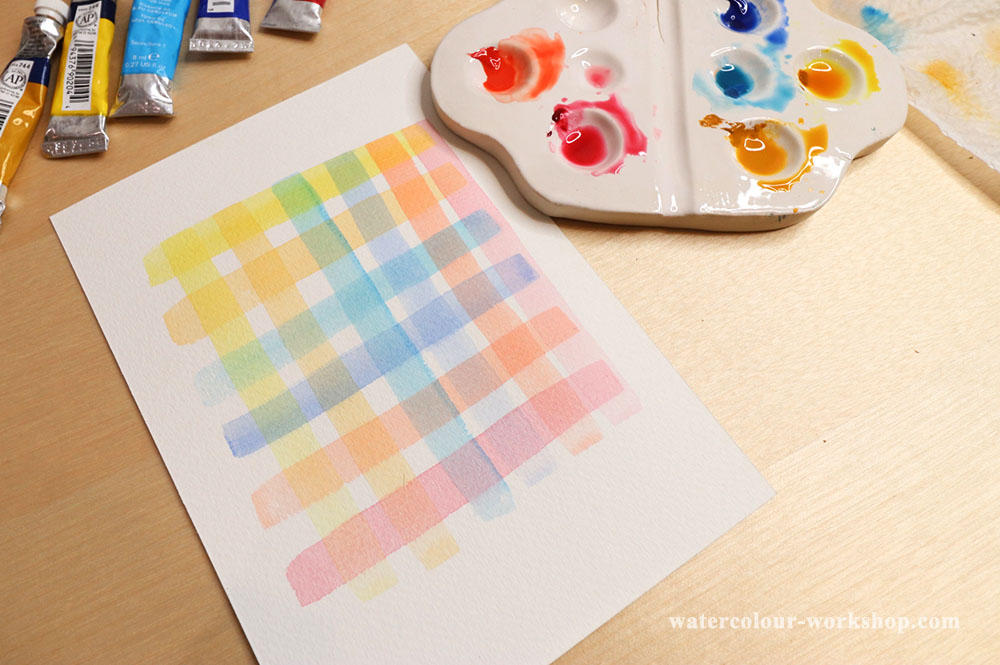
Layering or Glazing is a fundamental technique in watercolor painting. Building up layers of transparent washes allows you to achieve depth and complexity in your artwork. Let each layer dry before adding the next to avoid unintended blending.
Creative Experiment: Try glazing over a monochromatic painting with complementary colors. Watch as the layers add complexity and vibrancy to your artwork.
Advanced Watercolor Supplies
As you progress in your watercolor journey, consider upgrading your supplies for a more nuanced approach. Professional-grade paints, higher-quality brushes, and specialized papers can make a significant difference in the outcome of your artwork. While these may come at an extra cost, the investment is often worth it for the improved pigmentation and control.
Pro Artist Insight: Many experienced watercolorists swear by the advantages of using a wet palette for extended painting sessions. It keeps your paints moist and workable, allowing you to blend colors seamlessly.
Mastering Wet-on-Wet Techniques
Wet-on-wet is a technique where you apply wet paint to a wet surface, allowing colors to blend and create soft transitions. This technique is perfect for creating dreamy skies, vibrant sunsets, or serene water reflections. To achieve this effect, wet your paper thoroughly and then apply diluted paint, letting it spread organically.
Creative Challenge: Experiment with wet-on-wet techniques by painting a landscape with a beautiful sunset. Observe how the colors blend to create a mesmerizing gradient.
Dry Brushing for Texture
Contrary to wet-on-wet, dry brushing involves using a brush with very little water and applying it to dry paper. This technique is excellent for adding texture and fine details to your artwork. It allows you to create intricate textures like foliage, fur, or detailed architectural elements.
Lifting Off Techniques
Sometimes, you might find yourself wanting to correct a mistake or create highlights by removing paint from your paper. Lifting off techniques involve using a clean, damp brush or a paper towel to gently lift or blot the paint. This can be a handy tool for creating highlights, rescuing a painting, or adding a touch of spontaneity.
Masterstroke: Keep in mind that lifting off works best on high-quality watercolor paper, and excessive scrubbing may damage the paper surface.
Exploring Different Styles in Watercolor
Watercolor is a versatile medium that adapts well to various styles and approaches. Whether you’re drawn to realistic portrayals, abstract interpretations, or impressionistic expressions, watercolor can be molded to suit your artistic vision.
Realism in Watercolor
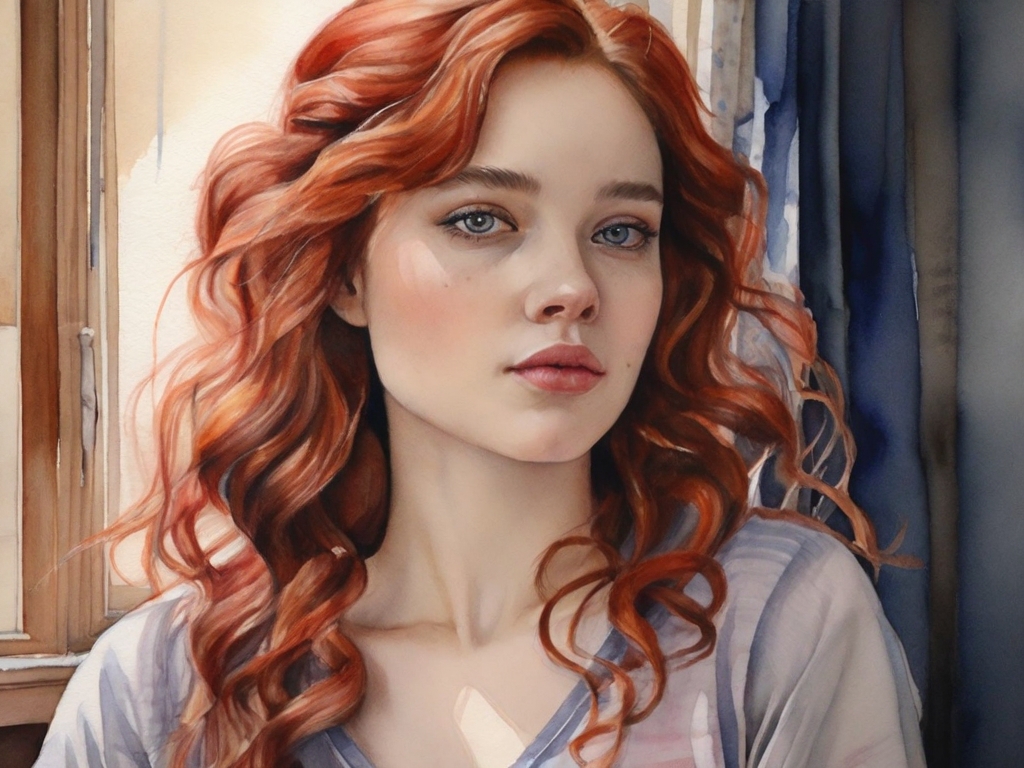
Achieving realism in watercolor requires a keen eye for detail and precision in your brushstrokes. This style often involves meticulous planning, careful layering, and a deep understanding of color theory. Consider using smaller brushes for intricate details and building up layers for a realistic portrayal.
Tip from Realists: Maintain a good balance between wet and dry areas, and use different-sized brushes for varied textures in realistic watercolor paintings.
Expressive Abstracts
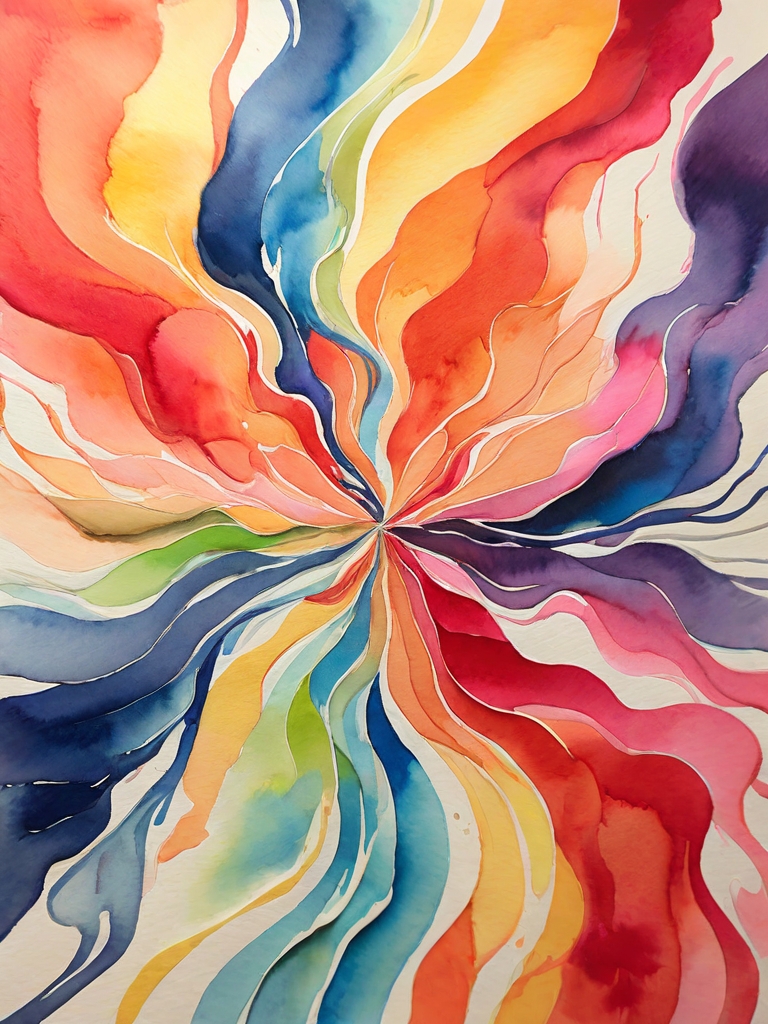
On the opposite end of the spectrum, watercolor lends itself beautifully to abstract and expressive styles. Embrace spontaneity, allow the paint to flow freely, and explore the emotional impact of colors and shapes. Abstract watercolor paintings often convey mood and atmosphere, leaving room for interpretation.
Creative Prompt: Try creating an abstract watercolor piece using only three colors. Allow your emotions to guide your brush, and see where the colors take you.
Impressionistic Flourishes
Impressionism, characterized by capturing the essence of a scene rather than its details, is well-suited to the fluid nature of watercolor. This style often involves loose brushstrokes, vibrant colors, and a sense of movement. Experiment with different techniques like wet-on-wet and dry brushing to achieve the spontaneity of impressionistic watercolor.
Inspiration Note: Take inspiration from the great masters like Monet and Renoir. Emulate their use of light and color to create your own impressionistic watercolor masterpieces.
Online Classes and Continued Learning
In the age of digital connectivity, there’s a wealth of knowledge at your fingertips. Online classes like our Watercolour Workshop provide an excellent platform to refine your watercolor skills. Consider enrolling in courses that align with your interests and skill level.
Wrapping Up Your Watercolor Journey
As you continue to explore the enchanting world of watercolor painting, remember that every stroke, experiment, and creative endeavor contributes to your growth as an artist. Watercolor is a medium that rewards curiosity, resilience, and a willingness to embrace the unpredictable.
So, grab your brushes, mix your colors, and let the watercolor adventure unfold. Whether you’re sketching Rome streets en plein air or creating vibrant abstracts in the comfort of your studio, each stroke is a step toward mastering the art of watercolor. Happy painting!
Pin this for later:
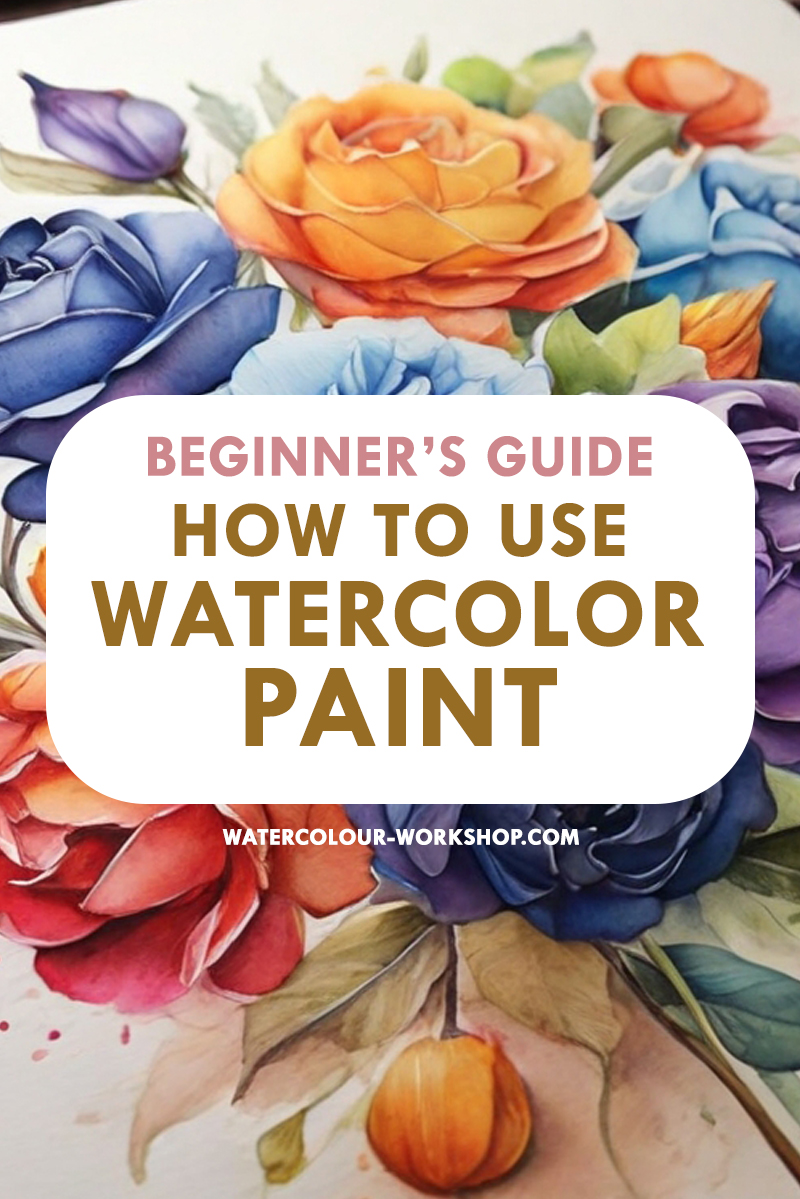
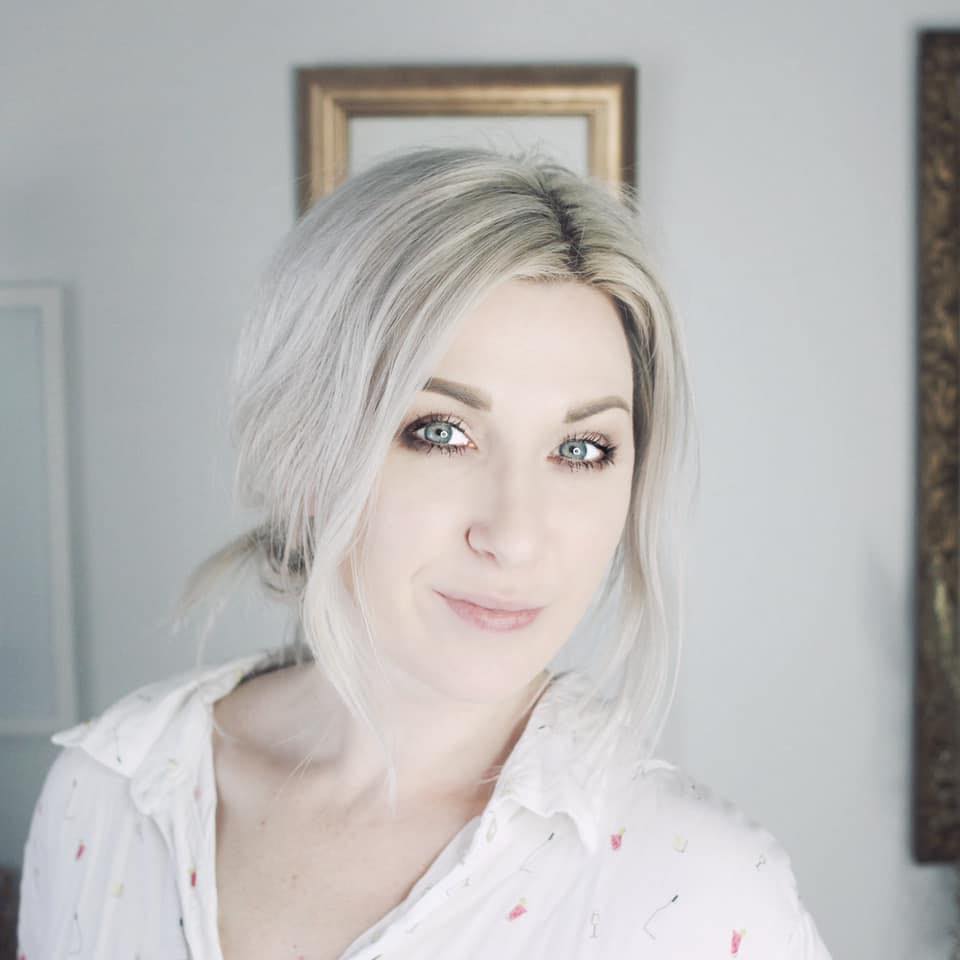
Besides being a wife and mama, I’m an entrepreneur, artist and author of the Watercolor With Me book series. I’m from Ontario, Canada and founder of the brand Wonder Forest. I’m here to help you on your watercolour journey!
